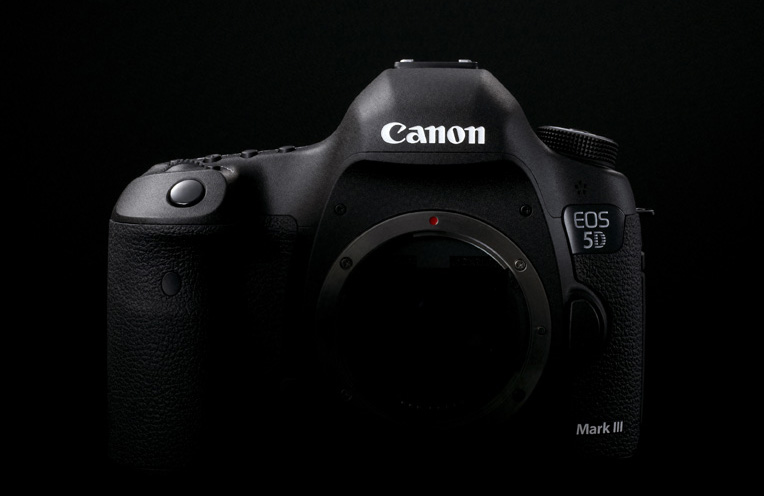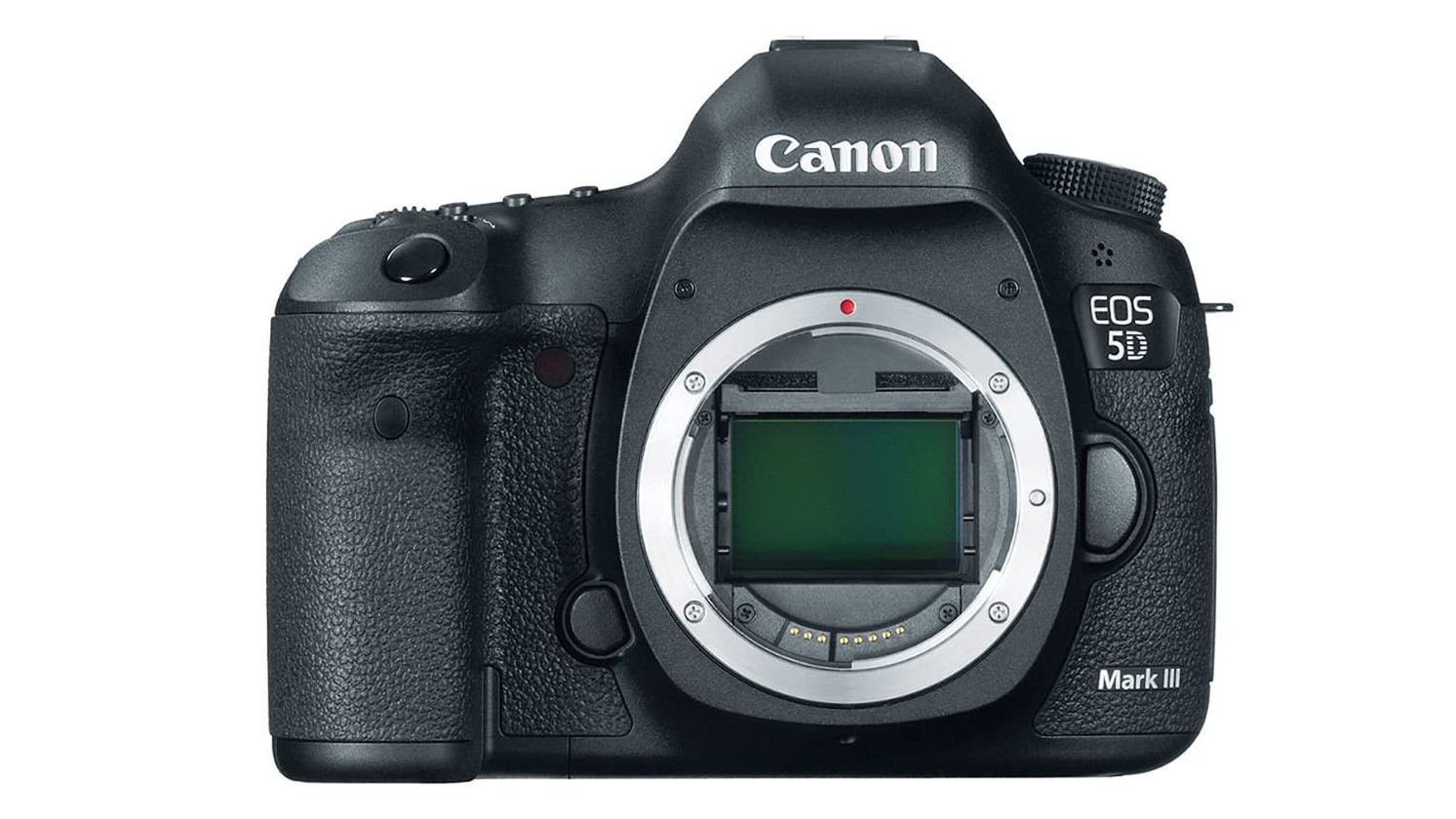
It almost seems like we are treated to a new camera almost every week, with all the naysayers talking up how camera phones and AI are going to destroy the camera market, there are certainly no obvious signs that the camera industry is about to buckle and close-shop anytime soon.
While camera sales have obviously taken a hit since the golden age of the DLSR, the market is still robust, with new cameras filling every conceivable gap in the market. Each new camera adds some wondrous new feature or technology to push it further than rivals. But with the market moving so fast, and so fluidly, when is the last time we paused and thought – "this camera is a legendary camera" before it was swiftly replaced with a newer model with an extra megapixel or nanosecond faster autofocus?
Can we argue that perhaps the last great iconic camera was in fact the Canon EOS 5D Mark III? Released in 2012, this was the pinnacle of digital camera technology at the time, and perhaps the first true professional hybrid DSLR camera, years before TikTok and social video streaming were even conceived.
Has a single camera since the Canon EOS 5D Mark III captured quite the same level of respect, admiration, and adoration across an entire generation of photographers? My first professional camera was the Canon EOS 5D Mark III, as were so many other professional and enthusiast photographers. Even when the Canon EOS 5D Mark IV was introduced four years later, there was still not the intense rush you see today to upgrade to every new numbered iteration, with many photographers working on the 5D Mark III long after it had been succeeded.

Since the Canon EOS 5D Mark III, there is perhaps only one camera that challenges the Canon – the Sony A7 III, the first mirrorless camera to really set the world alight, so much so that it is still one of the best-selling and most used cameras in the world today, 4 years after its initial release. This was in the transition period when so much of the photography world was not quite ready to let DSLRs go.
When we look at the endless churn of cameras today, we are never given enough time with new models to fall in love with them, with a replacement model coming now within a year or two, or so many not having a distinct enough voice to make it a standout model. Take the Canon EOS R6, which was so quickly succeeded by the Canon EOS R6 Mark II just 18 months after launch, and now has a confusing feature parity in many aspects with the Canon EOS R8.
If the continuous march of camera development continues in the way it currently is, with a lot of camera manufacturers offering competing models that are getting harder and harder to separate, will see a camera again with as much cultural impact as the Canon EOS 5D Mark III?
Read More: Find out more about Canon in our guides to the best Canon cameras, the best Canon lenses, and the best professional cameras.







